Bacteria With ‘Unique Abilities’ Has Mutated on Space Station Into Something Never Seen Before on Earth
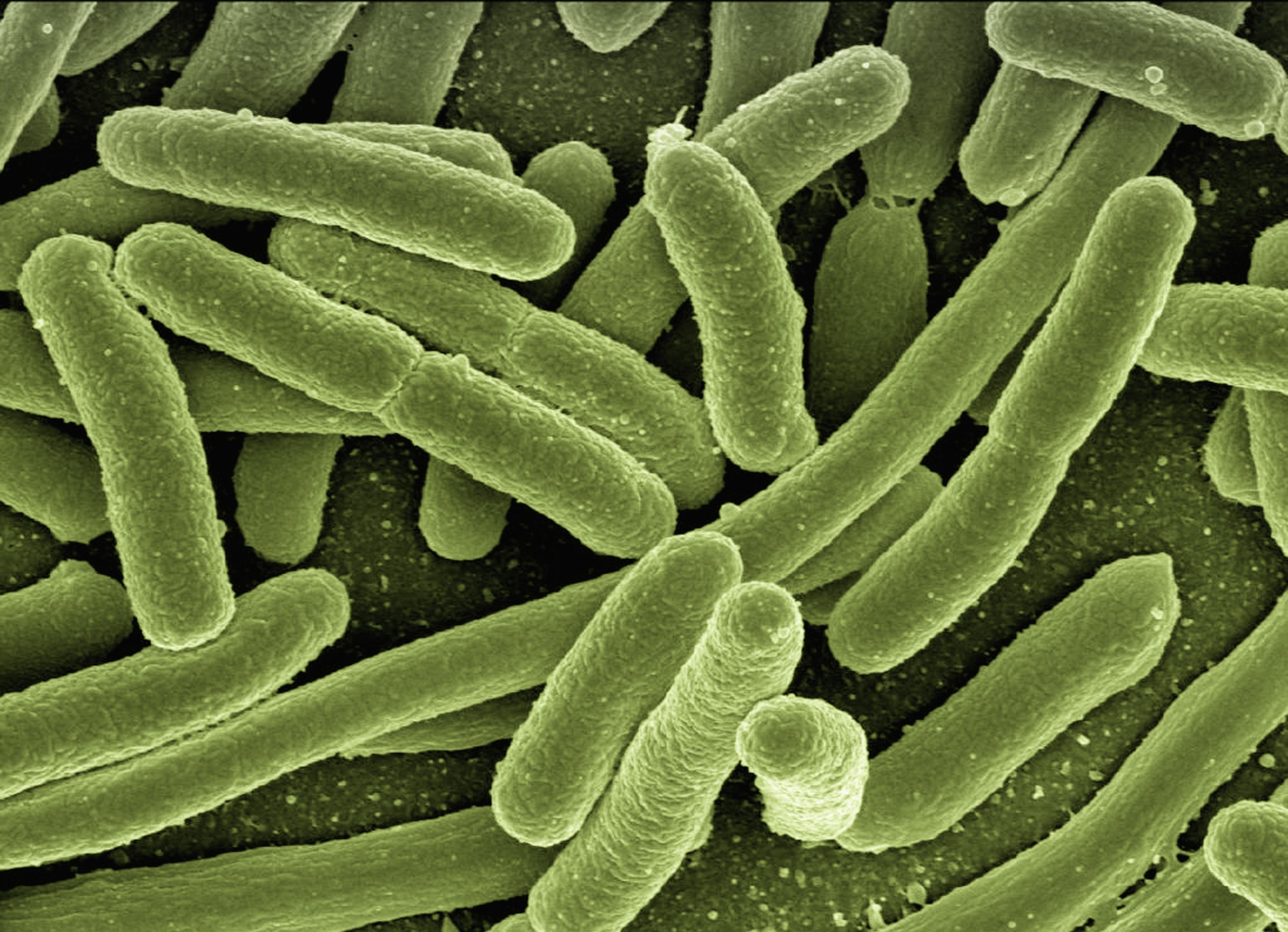
Somewhere above our heads, in the sterile, controlled chambers of a space station orbiting Earth, a silent revolution was unfolding. Not with rockets or robots, but with something far smaller—microscopic, even invisible. A single bacterium, exposed to the vast unknown of space, did something extraordinary: it changed. It became something Earth had never seen before.
Is it alien? No. But it might as well be.
Scientists named it Niallia tiangongensis—a distant cousin of a terrestrial microbe, but one that now wears the marks of space like armor. It’s as if nature handed this tiny organism a new passport and said, “Adapt or perish.” And it chose to adapt.
This is more than a scientific oddity. It’s a mirror. Because what happens to bacteria in the extremes of space forces us to ask deeper questions about ourselves: What happens to us in unfamiliar, high-pressure environments? How do we mutate—mentally, emotionally, spiritually—when pushed to our limits?
This isn’t just about microbes. This is about survival. About evolution. About how life, no matter how small, always finds a way.
Discovery Beyond Earth
Picture this: a sealed space station, floating hundreds of miles above Earth, engineered for precision, cleanliness, and human survival. It’s a place where variables are controlled, and unpredictability is the enemy. Yet, even here, life surprises us.
In May 2023, Chinese astronauts aboard the Tiangong Space Station collected routine swabs from their spacecraft’s surfaces—cockpit controls, walls, instruments. These samples were sent back to Earth for analysis under the China Space Station Habitation Area Microbiome Program (CHAMP). What they discovered was anything but routine: a brand-new bacterial strain that had never before been documented on Earth. They named it Niallia tiangongensis.
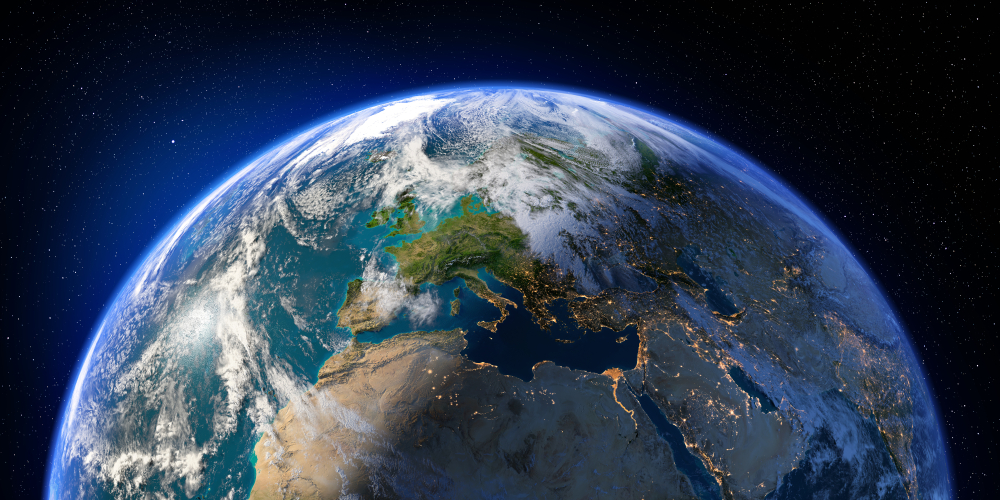
At first glance, this microbe seemed familiar. Genetically, it resembled Niallia circulans, a bacterium commonly found in soil, sewage, and even food. But closer inspection revealed something remarkable: N. tiangongensis had mutated in ways its Earth-bound cousin hadn’t. This was no ordinary stowaway. It had either adapted to survive in orbit—or emerged there as something wholly unique.
Scientists believe that this new strain may have developed specialized traits while enduring the harsh conditions of low Earth orbit—microgravity, radiation, and limited nutrients. The bacterium was even found to break down gelatin in a novel way, suggesting it had evolved new survival strategies in response to its environment.
This wasn’t just a scientific anomaly. It was evidence that life, even at its most microscopic level, doesn’t just endure—it evolves. In a place where we assume life struggles to exist, this bacterium didn’t just survive. It transformed.
Born on Earth, Transformed by Space
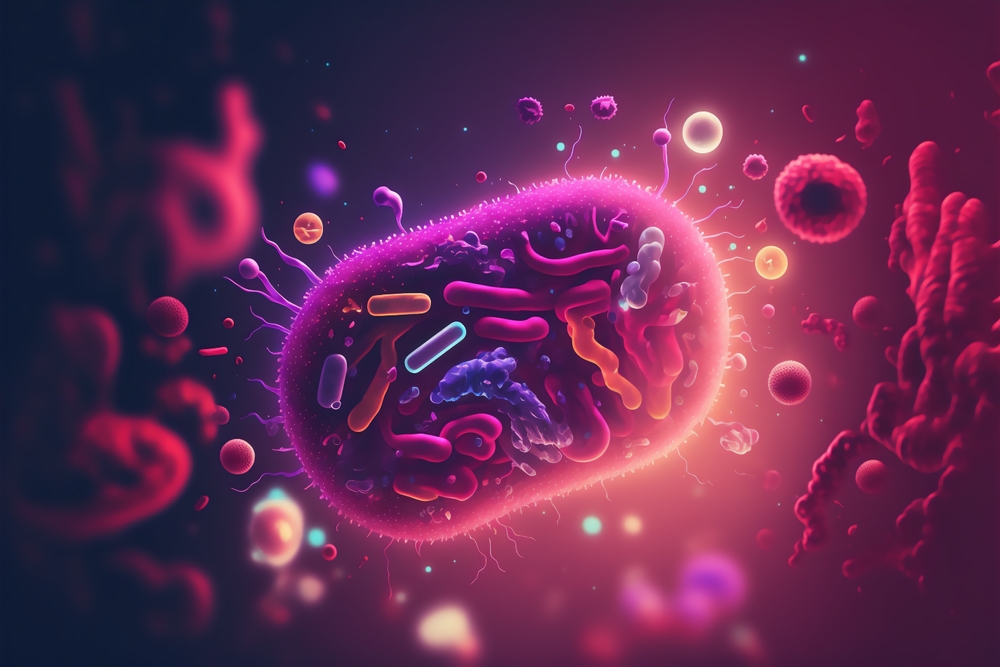
Was it created in space—or merely changed by it?
That’s the question scientists are still trying to answer about Niallia tiangongensis. While this new bacterium shares significant genetic material with Niallia circulans, a known Earth-based species, it exhibits key differences that suggest something profound: it may have evolved in response to the extreme conditions aboard the Tiangong Space Station. This opens the door to a concept that feels more like science fiction than science fact—space itself acting as an agent of evolution.
Back on Earth, Niallia circulans is just another bacterium in the background noise of life—surviving in soil, sewage, or spoiled food. But in space, its genetic twin (or perhaps distant cousin) appears to have changed. Two of its key proteins now show structural and functional differences, possibly linked to enhanced stress responses and DNA repair. These are no small tweaks. In the context of space, they could mean the difference between extinction and endurance.
One hypothesis gaining traction is that the space environment—characterized by microgravity, heightened radiation, and confinement—serves as a unique crucible. These conditions create pressure not just on astronauts, but on the microscopic lifeforms they carry with them. In this high-stakes environment, mutations may arise more frequently. Only the strongest, smartest, or most adaptable survive.
Dr. Junxia Yuan and her team from the Shenzhou Space Biotechnology Group are investigating whether these traits developed before launch or emerged during exposure to orbit. Either way, the implications are startling. If a microbe brought from Earth can transform in a few short months aboard a space station, what happens on missions that last years? What about to the human body, mind, or spirit?
Space isn’t just a destination. It’s a catalyst—a place where the rules of biology get rewritten. And Niallia tiangongensis might just be a living example of how life, once removed from its familiar habitat, doesn’t wither. It morphs.
The Bacterium’s Unique Abilities
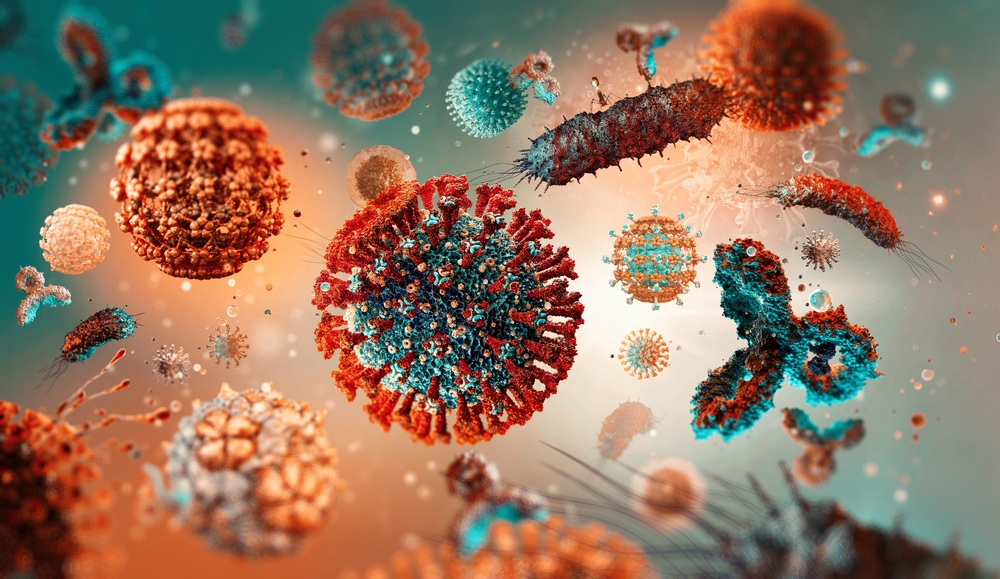
In space, nothing is guaranteed—not comfort, not survival, not even the integrity of your cells. It’s a place where life is stripped down to its essentials. Yet, in this stripped-down void, Niallia tiangongensis didn’t just cling to existence—it equipped itself with tools to thrive.
This isn’t just another germ. It’s a microscopic masterclass in adaptation.
Scientists discovered that this bacterium possesses a “unique ability to hydrolyze gelatin”—essentially, it can break down gelatin into usable nutrients. That may not sound revolutionary at first, but consider the environment: a sealed space station where resources are scarce, waste is recycled, and every molecule of sustenance is precious. In such a place, a microbe that can extract nutrition from an uncommon substrate isn’t just surviving—it’s optimizing.
But that’s only the beginning.
Niallia tiangongensis forms spores, one of biology’s most brilliant survival tricks. Spores are like biological vaults—structures that shield the bacterium from heat, radiation, dehydration, and other environmental stressors. On Earth, spores help bacteria outlast droughts or disinfectants. In orbit, they could mean the difference between annihilation and continuity.
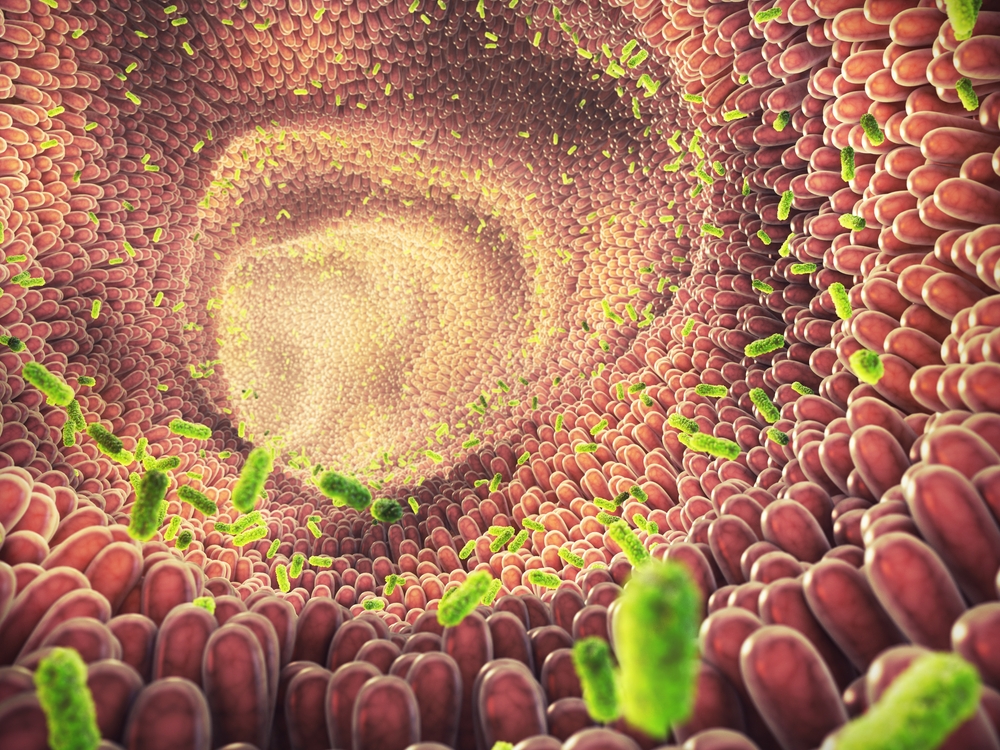
More intriguingly, structural changes in two specific proteins suggest enhanced abilities to form biofilms—protective bacterial communities that cling to surfaces and resist antibiotics, radiation, and physical cleaning. Biofilms are notoriously hard to remove and are already a known challenge aboard space stations. When microbes form these films, they become harder to kill and easier to spread, potentially endangering both astronauts and equipment.
Researchers also suspect that these same protein mutations may help the bacterium manage oxidative stress and repair DNA damaged by cosmic radiation. That kind of internal resilience could be the blueprint for future biotechnology—maybe even for protecting human cells during deep space missions.
Think about it: this bacterium, no larger than a speck of dust, has adapted in ways that mirror some of humanity’s most ambitious goals—resisting radiation, thriving in scarcity, and surviving isolation.
We often imagine strength as something visible: muscles, armor, firepower. But Niallia tiangongensis reminds us that real strength is often invisible. It’s in the quiet adaptability, the subtle mutation, the ability to find nourishment where none seems to exist.
Implications for Health, Space Travel & Earth
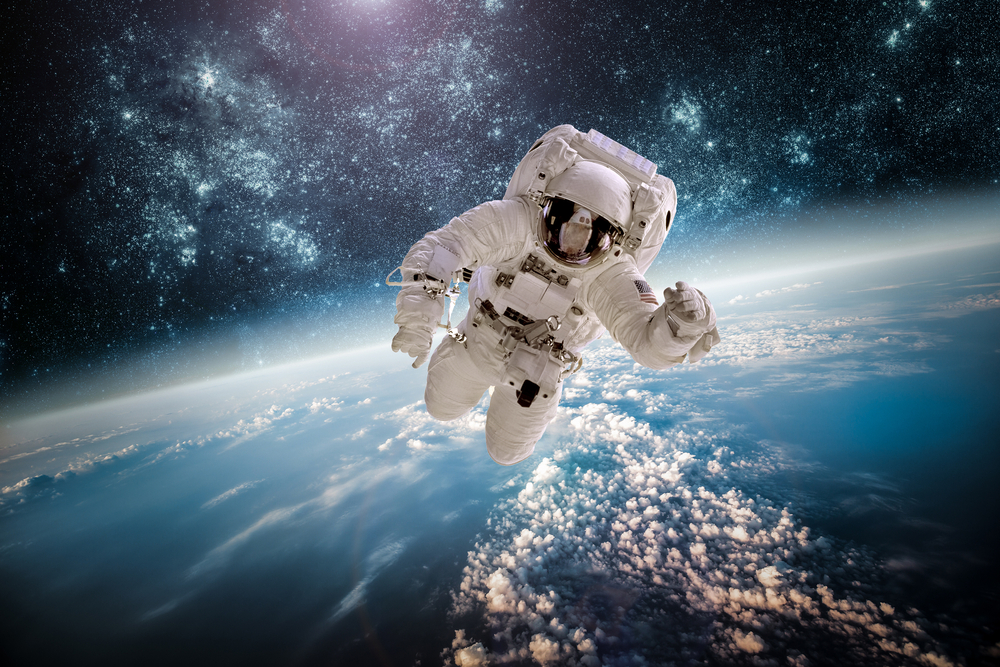
It’s easy to write off Niallia tiangongensis as a scientific oddity—another strange fact buried in lab journals. But the implications of this tiny lifeform ripple far beyond the walls of the Tiangong Space Station. They stretch into the future of human space travel, the safety of astronauts, and even the boundaries of biotechnology here on Earth.
First, there’s the health question. While Niallia tiangongensis hasn’t been proven dangerous, its closest Earth relative, Niallia circulans, can cause serious infections like abscesses and sepsis—especially in people with weakened immune systems. If this new strain shares any of those traits, or worse, if it has evolved to thrive in the human body under space conditions, the stakes are high. On Earth, a hospital can treat sepsis. In space, days or weeks from medical help, even a minor infection can become fatal.
This is why scientists are urgently studying the bacterium’s virulence, genetic expression, and ability to resist radiation or disinfectants. The goal isn’t fear—it’s foresight. If space is going to be humanity’s next frontier, we need to understand what else might come along for the ride—or emerge once we get there.
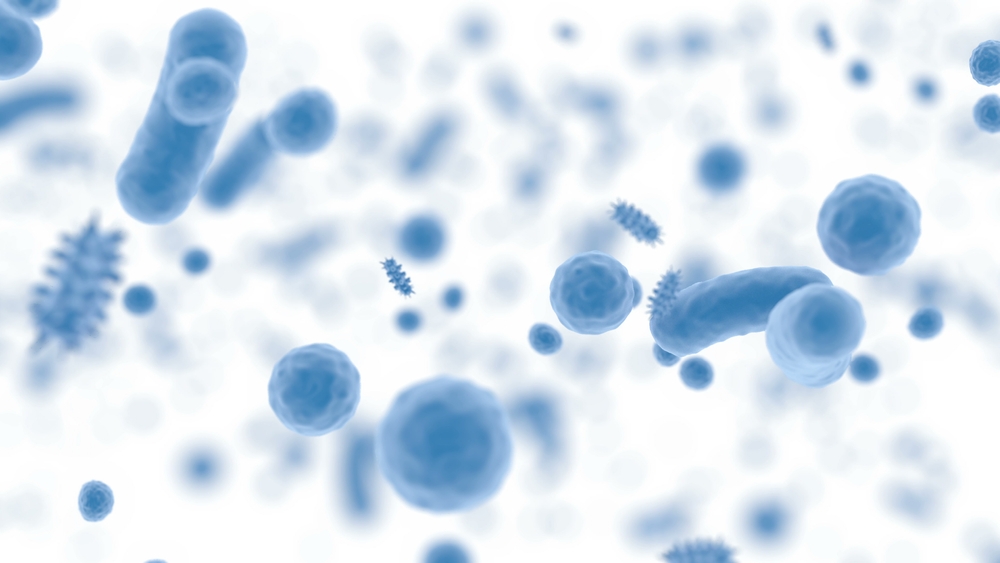
And it’s not just health. Microbes like this one could threaten mission hardware. In previous space missions, biofilms have gummed up sensors, corroded surfaces, and even interfered with filtration systems. A mutated strain with strong biofilm-forming capabilities could pose serious challenges to spacecraft integrity. If it resists cleaning or standard sterilization, engineers may need to rethink materials and maintenance protocols for long-term missions to the Moon or Mars.
But here’s the twist: what may be risky could also be revolutionary.
The same gelatin-hydrolyzing ability that helps N. tiangongensis survive in nutrient-poor environments might be harnessed for sustainable recycling systems aboard spacecraft—or even in food production technologies on Earth. Its resilience under radiation might inform new methods for protecting human cells or storing delicate pharmaceuticals in extreme environments.
In fact, scientists have already begun asking: Could this be a window into new biotech? Could traits evolved in orbit be used to design bacteria that clean up pollution, digest waste, or survive climate extremes?
The story of Niallia tiangongensis isn’t just a cautionary tale. It’s a reminder that life is always experimenting, always adapting, always exploring. Whether it becomes a threat or a tool depends on how we respond, how we prepare, and how deeply we’re willing to learn from the invisible forces shaping our shared future.
What This Tiny Lifeform Can Teach Us
It’s easy to overlook the invisible. A single bacterium doesn’t seem like much—especially when it’s orbiting hundreds of miles above Earth, tucked away on the control panel of a space station. But Niallia tiangongensis is more than just a scientific finding. It’s a parable in microbial form, whispering truths about adaptability, resilience, and the power of transformation.
Think about it: this microbe was likely brought into space unintentionally. It didn’t ask to leave Earth. It didn’t choose the vacuum, the radiation, the isolation. Yet somehow, in conditions where most life struggles to survive, it changed. It didn’t give up. It adapted—quietly, methodically, and on a molecular level.
How often are we placed in unfamiliar environments? Thrown into situations we didn’t choose, under pressures we didn’t expect? Like that bacterium, we can’t always control the conditions—but we can evolve within them. We can shift, grow new abilities, and develop resilience we never imagined we had.
This space bacterium reminds us that even the smallest form of life holds a universe of potential—and so do we.
It also challenges us to look ahead. If space can reshape a microbe in months, what might it do to human beings on years-long missions to Mars? How will we prepare? What kinds of emotional, physical, and societal “mutations” will we need to survive the next era of exploration—on Earth or beyond?
But perhaps the biggest lesson isn’t scientific at all. It’s spiritual. Niallia tiangongensis is a reminder that transformation is not always loud. It’s not always visible. But it is always possible. Even in the most extreme, isolated, and foreign of places, life doesn’t just endure—it evolves.
So the question is:
Where in your life are you being called to adapt?
What unfamiliar environment are you resisting—when it might be trying to unlock something new in you?
If a microbe can become something never seen before, maybe you can too.
Loading...

